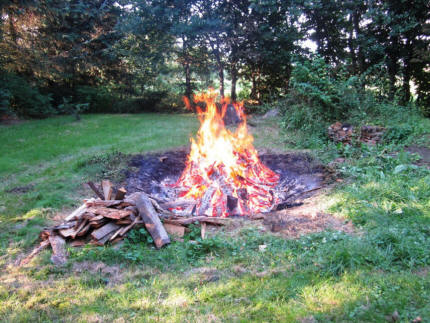SALG - KERAMIK
De fleste dage åbent
11 -16
KONTAKT:
30499535 - 40545505

Knudsgaard,
Tim Kirkevej 30,
6980 Tim, Denmark
more:
FACEBOOK
GOOGLE MAP
ISSUU
KULTUNAUT
VIMEO
YOUTUBE
History of the black pots.
Produced in Denmark 1500 - 1900
Today they are called "jydepotter" ( pots from Jutland
) because it is here the production has been most prolific and over a longer period.
Only 100 years ago there were still women earning a living making pots.
The process began in the autumn, when
the correct clay was fetched. It remained outside through the Winter, so that the clay
could weather. Then in the Spring the wive´s work began. She fetched in some clay and
placed it on the floor, were it was kneaded barefooted, so that she could feel any dirt or
stone. This had to be remowed to make the clay fit for use.
Only the simplest af tools ( see the picture ) were required: a piece
of cloth, knives, sticks and some rounded stones. The cloth was used to make a fine
neck, the knife smoothed the outside surface, and the stones shaped the round forms from
the inside. Finally the traditional decorations were added by using a polished stone.
After drying the pots were fired under a large iron pot in a fire fuelled by wood. The pots were wrapped in straw, an the iron pot placed over them. At 800 C the oxygen in the big pot is used up, and the pots become black as a result of the reduction process. If you require more information please write an email.
If you can read
Danish: Læs mere Handel
Pottemanden
Pottepiger
Pottekonen
Potter
Ordliste
Litteratur Illustrationer
Tips (hvis du selv vil igang)
How to
fire black pots in Danish too, sorry Photos Ringkøbing Museum pots from ironage 100 a.c.